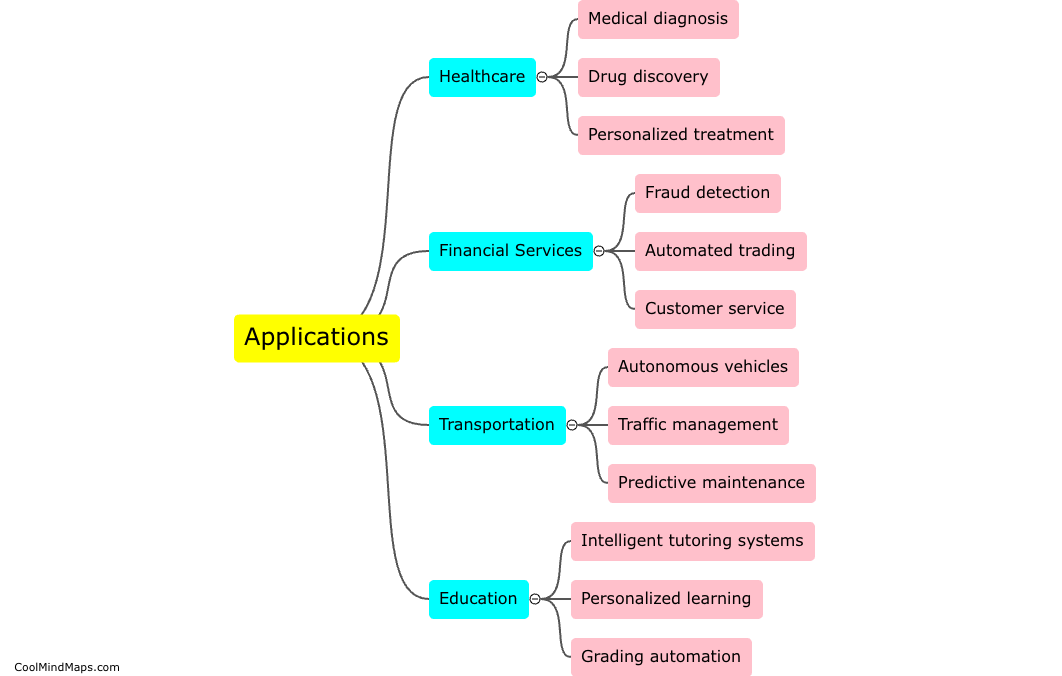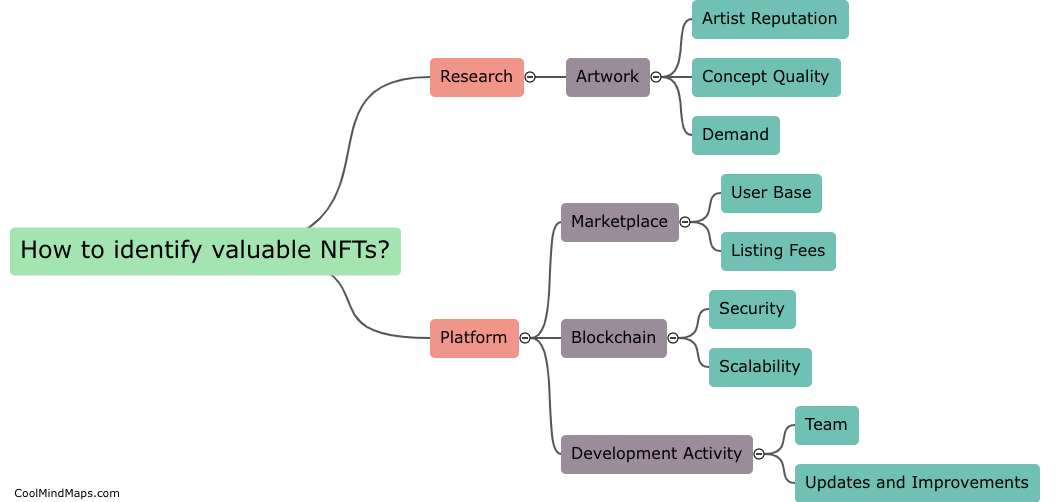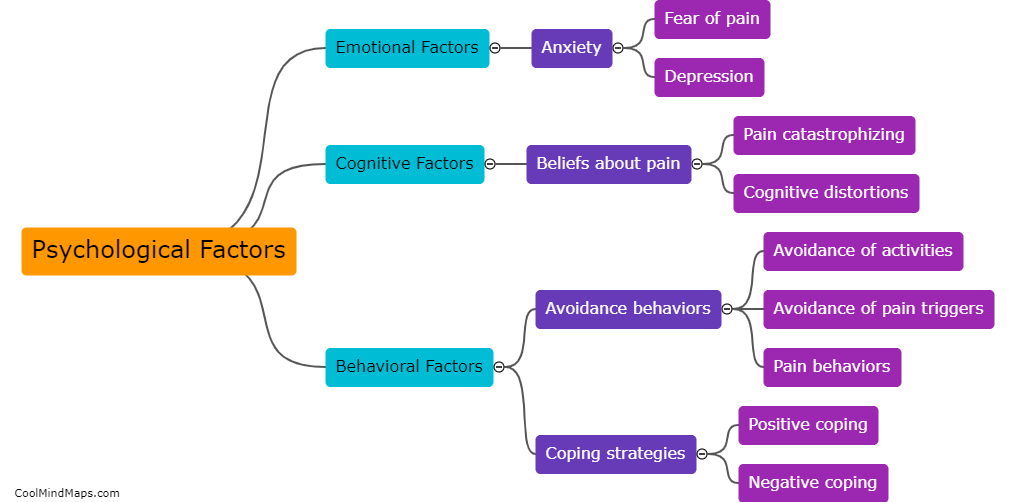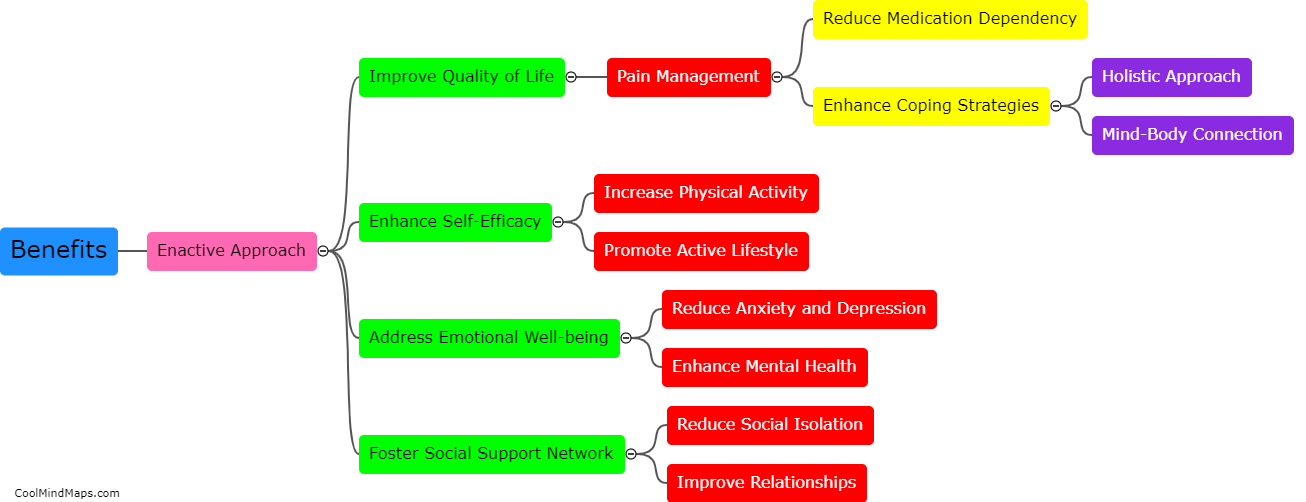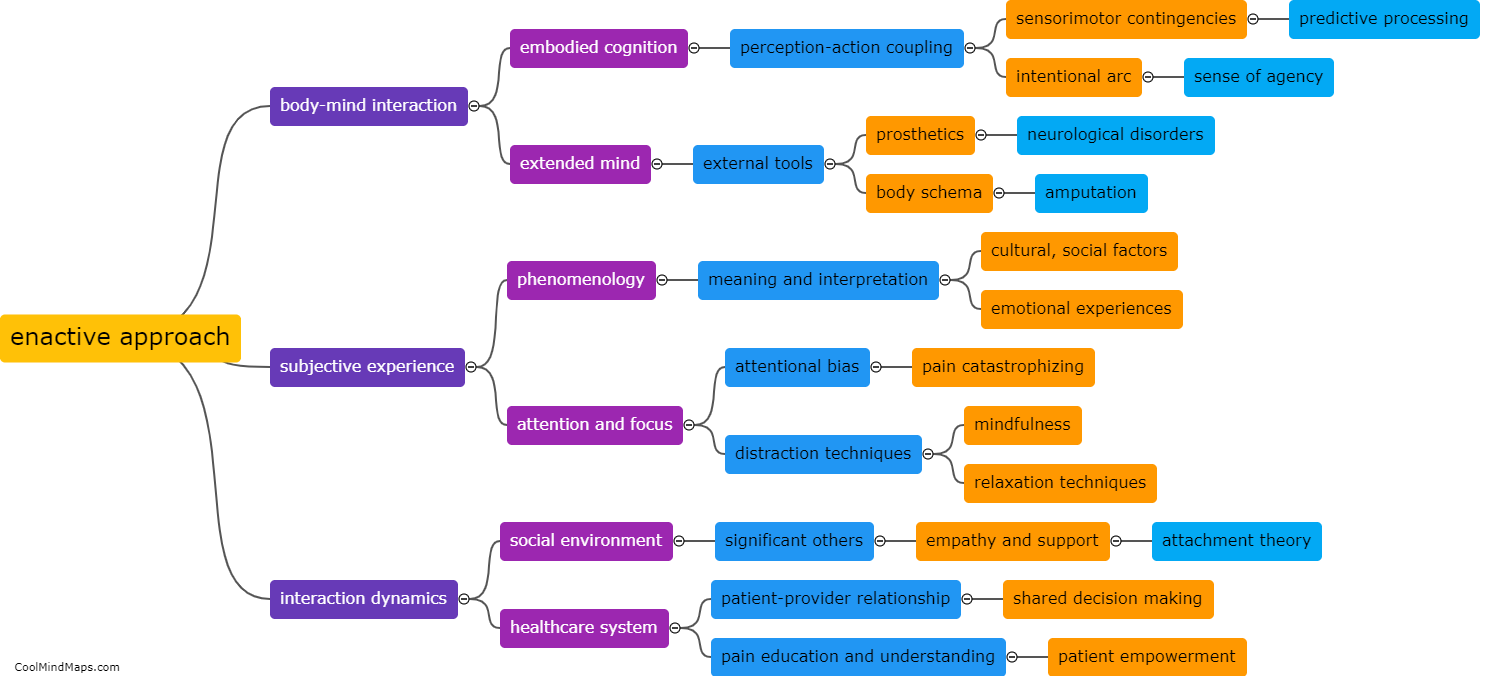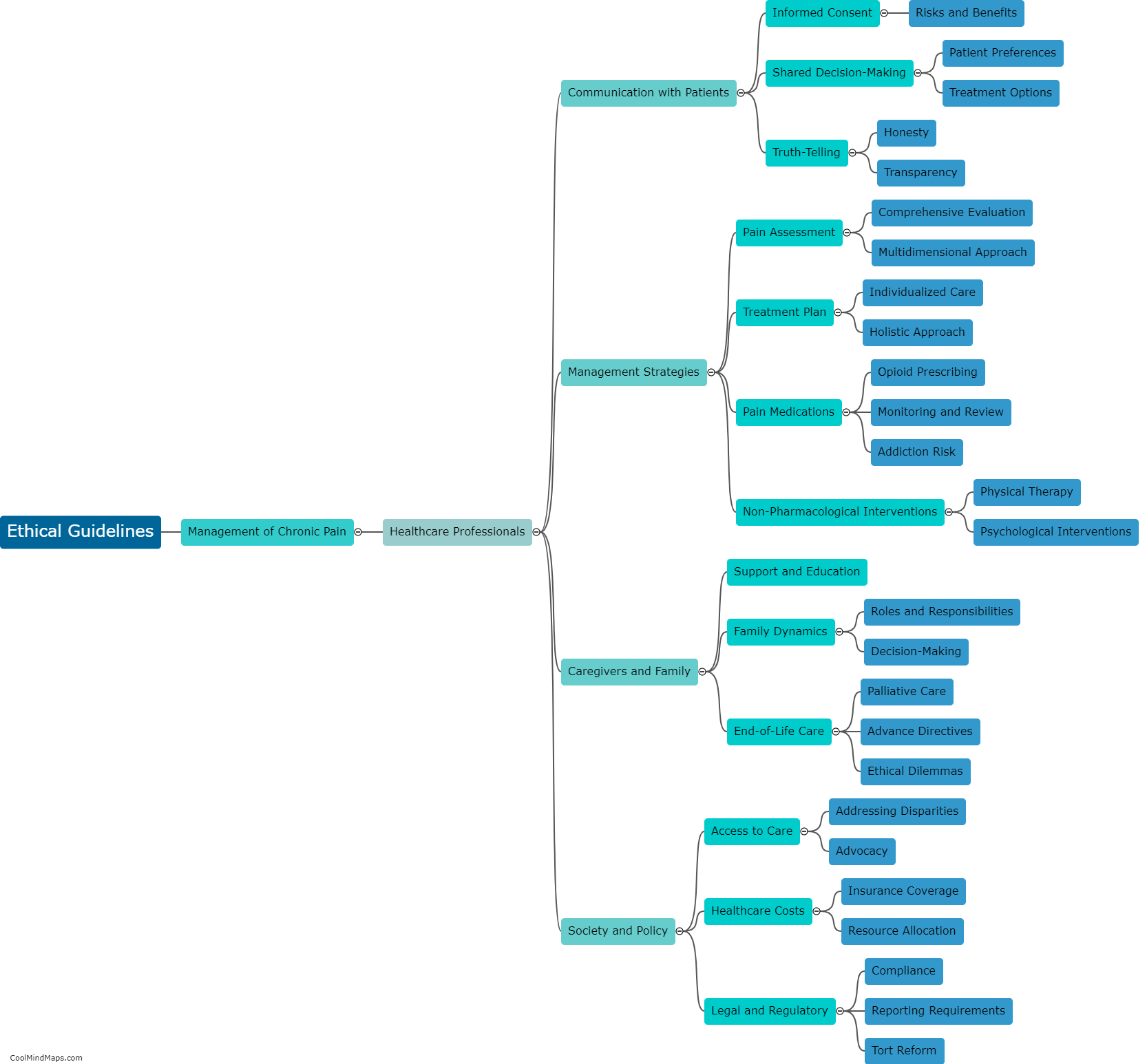What are the key principles of the enactive approach?
The enactive approach to cognition argues that cognition is not solely a mental process occurring internally within an individual's mind, but is fundamentally inseparable from the agent's interactions with their environment. This approach challenges traditional views that see the mind as a static representation of the world. Key principles of the enactive approach include embodied cognition, which emphasizes the importance of the body and its sensory-motor interactions in shaping cognition; situatedness, which suggests that cognition is context-dependent and cannot be understood in isolation from its environment; and emergence, which suggests that cognitive processes are a result of dynamic and ongoing interactions between the agent and its surroundings rather than predetermined internal processes. Overall, the enactive approach emphasizes the active role of the agent in shaping and being shaped by their environment, leading to a more dynamic and interactive understanding of cognition.

This mind map was published on 2 December 2023 and has been viewed 55 times.

